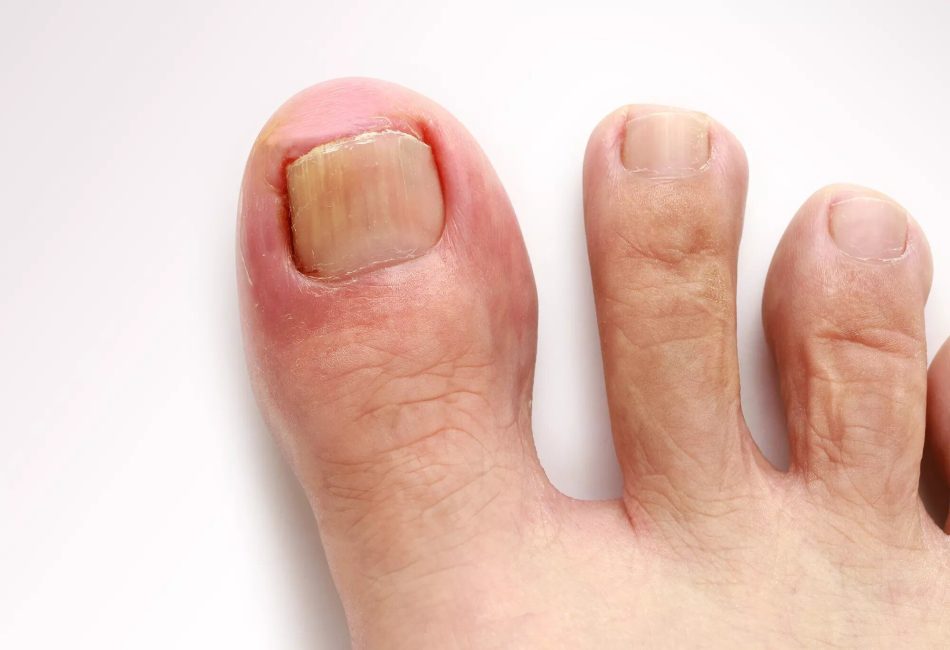Toenail discomfort can be a painful and often frustrating condition affecting many people. It can result from various factors, including improper footwear, fungal infections, or an ingrown toenail. Fortunately, there are several effective strategies you can implement at home to prevent and address this common issue. Understanding the right techniques and when to seek professional ingrown toenail treatment is key to maintaining healthy, comfortable feet.
Preventing Toenail Discomfort
Choose the Right Footwear
Wearing properly fitting shoes is crucial for preventing toenail discomfort. Shoes that are too tight can cause pressure on the toes, leading to pain and problems such as ingrown toenails. Conversely, shoes that are too loose can cause your feet to slide and bang into the shoe’s tip, damaging the toenails. Opt for shoes with a wide toe box and adequate cushioning.
Maintain Proper Foot Hygiene
Keeping your feet clean and dry is essential in preventing fungal infections that can cause toenail discomfort. Wash your feet daily with soap and water, and thoroughly dry them, especially between the toes. Change your socks at least once a day or more often if you are active and sweat heavily.
Trim Toenails Correctly
Improper trimming of the toenails is a common cause of discomfort and ingrown toenails. To avoid this:
- Trim toenails straight across rather than rounding the corners to prevent the nail from growing into the skin.
- Avoid cutting toenails too short, which can expose sensitive skin and increase the risk of infection.
Home Remedies for Toenail Discomfort
Soak Your Feet
Soaking your feet can help relieve pain and soften the nails, which is particularly helpful for ingrown toenails or toenails thickened by fungus. Use warm water and Epsom salts or a mild soap for about 15 to 20 minutes several times a week.
Apply a Topical Antifungal
If you suspect a fungal infection is causing toenail discomfort, over-the-counter antifungal treatments can be effective. Look for products containing ingredients like terbinafine or clotrimazole, and apply as directed to the affected nails.
Use Proper Tools
Invest in a good pair of toenail clippers and a nail file. Dull tools can tear the nail and create uneven edges, leading to discomfort. After trimming, gently file down any sharp or rough edges to prevent them from catching on socks or bedding.
When to Seek Professional Help
While many instances of toenail discomfort can be managed at home, certain conditions require professional attention. If you experience severe pain, swelling, redness, or pus around a toenail, it may be a sign of an infection or severe ingrown toenail. Persistent fungal infections that don’t improve with over-the-counter treatments also warrant a visit to a healthcare provider.
Consulting a Podiatrist
A podiatrist can offer treatments such as prescription-strength creams or ointments, surgical removal of part of an ingrown toenail, or even laser therapy for stubborn fungal infections. They can also provide guidance on preventative care and proper nail cutting techniques.
Integrating Care Into Daily Routine
To effectively prevent and manage toenail discomfort, integrate foot care into your daily hygiene routine. Inspect your feet regularly for signs of redness, pain, or infection, especially if you have diabetes or poor circulation. Maintaining vigilance about foot health and hygiene can prevent the development of serious issues and keep your feet healthy and comfortable.
By following these guidelines, you can significantly reduce the risk of toenail discomfort and ensure that your feet remain healthy. Regular care, proper hygiene, and being proactive in addressing minor issues before they become significant are the best ways to keep your feet feeling good every day.
